G13 (aka G-13, G Thirteen)
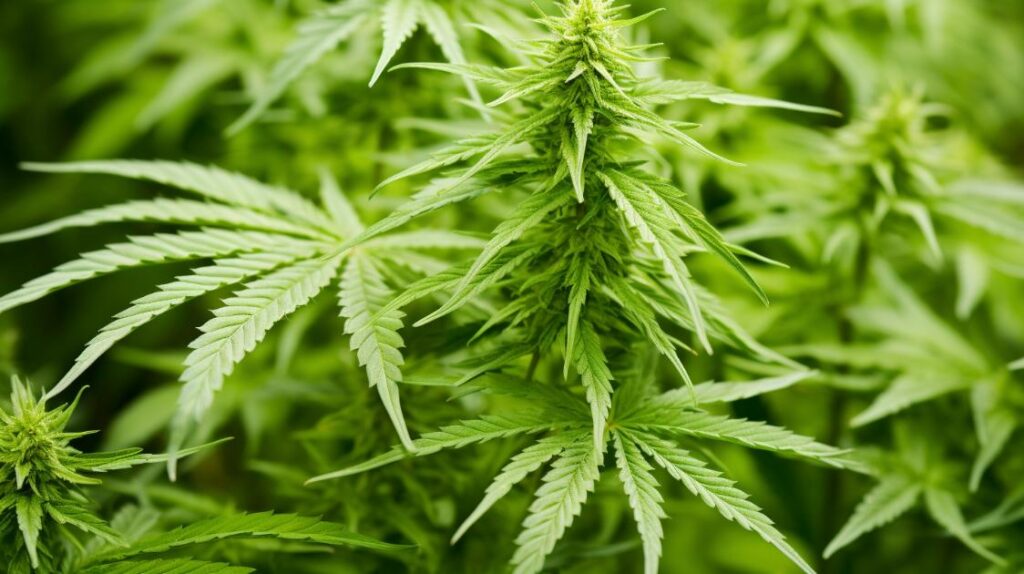
The enigmatic G13 weed strain, which purportedly emerged from a secretive government project in the 1970s, has piqued the interest of both connoisseurs and the medical community. With its whispered origins of clandestine cultivation by U.S. federal researchers, the strain’s transition from myth to a mainstay in the cannabis market is as intriguing as its robust genetic profile.
Renowned for its potent, high-THC composition, G13 offers a complex terpene palette that promises a multifaceted experience for users. While the strain’s reputation for delivering powerful relaxation and euphoria is well documented, the spectrum of its potential therapeutic applications remains a subject of discussion.
As we examine the nuanced characteristics and anecdotal evidence surrounding G13, it’s worth considering how this strain stands up to scientific scrutiny and what its storied past can tell us about the evolution of cannabis cultivation and strain development.
Genetic Lineage
The G13 cannabis strain is believed to have originated from a pure Afghani indica, chosen for its genetic stability and notable potency, and exhibits a genetic composition that is predominantly indica with a 70:30 indica to sativa ratio. Its enigmatic genetic lineage is rumored to have been developed in a research facility at the University of Mississippi, although such claims are often considered part of cannabis folklore. Despite the urban legends surrounding its origins, which include tales of covert involvement by intelligence agencies like the CIA and FBI, the scientific community focuses on its cultivation attributes.
G13’s dominant Afghani indica heritage contributes to its robust growth patterns and resilience, making it a suitable candidate for selective breeding. Cultivators highly value G13 for its calming effects and high THC potency, traits that are indicative of its Afghani genetic roots. The strain’s distinct pine, earthy, and woody flavor profile is a testament to its Afghani indica lineage, adding to its appeal among connoisseurs.
Acquiring G13 seeds can be challenging due to their rarity, and successful cultivation requires advanced horticultural skills. The flowering phase for G13 spans approximately 6 to 8 weeks, with cultivators reporting high yields under optimal conditions. The G13 Haze variant, a crossbreed of G13 and a sativa, exemplifies the strain’s potential for genetic diversification while retaining its foundational indica characteristics.
THC/CBD Content
Often celebrated for its remarkable potency, G13 boasts a THC content that typically ranges from 22% to 27%, with a correspondingly low presence of CBD. This high THC/CBD content ratio confirms that G13, a pure indica strain, leans heavily towards delivering intensive psychoactive experiences rather than focusing on the subtler therapeutic effects usually associated with higher CBD levels.
The Government Indica Strain, as it is sometimes referred, has been selectively bred to maximize the potency of its cannabinoid production, resulting in a higher THC concentration that intensifies the intrinsic properties of its indica lineage.
Cultivators aiming to maintain or enhance the potency of G13 strains must pay close attention to their growing environments. Optimal conditions, including controlled temperatures, adequate lighting, and precise nutrient management, are crucial for the synthesis of cannabinoids within the plant. Stress reduction techniques in cultivation can further support the maximization of THC levels, while avoiding any practices that might inadvertently increase CBD concentration.
The predominance of THC in G13 not only contributes to its robust effects but also positions it as a strain of choice for users seeking relief from conditions such as chronic pain, stress, and muscle spasms, where a higher THC potency is desirable for its efficacious outcomes.
Terpene Profile
G13’s distinctive terpene profile, rich in myrcene, caryophyllene, and limonene, plays a pivotal role in shaping its aromatic signature and therapeutic potential. As an indica-dominant strain, G13 exhibits a unique aroma composed of citrus and earthy notes, with undercurrents of wood and pine. The prominence of myrcene contributes to the characteristic body high associated with G13, enhancing its relaxing and euphoric effects.
Caryophyllene, a terpene known for its anti-inflammatory properties, further underpins G13’s potential use in alleviating pain and stress. This terpene’s presence is also implicated in the strain’s ability to modulate anxiety, making it a subject of interest for both recreational enjoyment and therapeutic exploration. Limonene adds a refreshing citrus scent, which not only intensifies the olfactory experience but may also assist in mood elevation and stress relief.
Cultivators of G13 must pay close attention to the development of these terpenes to maintain the strain’s integrity and medicinal efficacy. Strains with similar terpenes may exhibit parallel aromas and effects, but G13’s precise terpene constellation delivers a distinct experience. Understanding and harnessing this profile is crucial for optimizing the plant’s growth, aroma, flavor, and therapeutic attributes.
Effects
While primarily inducing a state of relaxation and calm, G13 also manifests its effects through pronounced feelings of sleepiness and euphoria, coupled with an increase in appetite, setting it apart as a strain with significant therapeutic and cultivation implications. The G13 cannabis strain, with its above-average THC content, has a profile that yields profound psychotropic effects which are of interest in both recreational and medicinal contexts.
The scientific community and cultivators alike observe that G13’s effects are not isolated phenomena but are consistent with the broader spectrum of symptoms modulated by cannabinoids. These effects include:
- A marked analgesic impact, potentially beneficial for pain management.
- Anxiolytic properties that may alleviate symptoms of stress and anxiety.
- A pronounced orexigenic effect, stimulating appetite which can be advantageous in treating conditions such as anorexia or cachexia.
In cultivation, understanding the effects of G13 is crucial as they are indicative of its cannabinoid and terpenoid profile, which in turn influences breeding decisions aimed at achieving similar effects in hybrid strains. It is this meticulous attention to the nuanced effects of strains like G13 that continues to advance the sophistication of cannabis cultivation and therapeutic application.
Medical Uses
Understanding the distinctive effects of the G13 cannabis strain, such as its analgesic and anxiolytic properties, underscores its potential therapeutic applications in the realm of medical marijuana. The unique profile of G13, characterized by cannabinoids and terpenes, contributes to its efficacy in alleviating a spectrum of conditions. Notably, patients with chronic pain have reported significant relief, attributable to G13’s ability to modulate pain pathways. Its anti-inflammatory effects further enhance this benefit, potentially aiding individuals with inflammatory disorders.
The sedative quality of G13, often described as ‘couch-lock’, suggests a pronounced influence on the central nervous system, providing a basis for its use in managing insomnia and sleep disturbances. Additionally, the anxiolytic effects of G13 may support individuals experiencing anxiety and stress-related disorders, offering a calming experience without the psychoactive intensity that exacerbates anxiety in some patients.
Given the complexity of G13’s pharmacologic profile, it is pivotal to consult with a health professional before using cannabis for medical purposes. Personalized medical guidance ensures that the use of G13 is tailored to individual health needs, mitigating risks and optimizing therapeutic outcomes. Cultivation of G13 for medicinal use requires a professional approach, focusing on quality control to maintain its specific medicinal properties.
Flavor and Aroma
The olfactory profile of the G13 strain, marked by a harmonious blend of citrus and earthy nuances, offers a sensory prelude to its multifaceted effects. Cultivators and connoisseurs alike appreciate the complex interplay between G13’s aromatic molecules, which include terpenoids responsible for its distinctive scent and flavor. As a result, this strain stands out as a prime selection for those seeking relief through cannabis for medical purposes, where both the flavor and aroma contribute to the overall therapeutic experience.
The flavor profile of G13 is predominantly characterized by piney and woody notes, underpinned by a rich earthiness that grounds the palate. Citrus and orange hints are discernible in the aroma, adding a layer of freshness to the robust olfactory composition. The sweet, yet pungent, scent complements the strain’s potential in managing stress, pain, and anxiety.
In the cultivation of G13, growers focus on enhancing these aromatic qualities, ensuring that the final product delivers a consistent and potent sensory impact. Strains with similar effects often mimic this profile, aiming to provide users with a comparable experience. The precision in breeding G13 is evident not only in its therapeutic qualities but also in its memorable flavor and aroma, cementing its status among esteemed cannabis varieties.
Appearance
Building upon the G13’s complex aromatic profile, its visual characteristics are equally as compelling, with spade-shaped buds adorned with light blue trichomes and amber hairs that distinguish it from other strains. The G13’s buds are a prime example of selective breeding for both aesthetic and functional traits. Their unique morphology is often compared to other strains with similar heritage, but G13 stands out due to its distinct coloration and structural features.
The appearance of G13 speaks to its potency; the light blue trichomes are not just a visual marvel but are indicative of the concentration of cannabinoids and terpenes within the plant. These trichomes are the epicenter of the strain’s psychoactive and therapeutic properties. Under cultivation, these characteristics become more pronounced as the plant matures, with the amber pistils—or hairs—providing a stark contrast to the icy trichomes and deep green foliage.
For cultivators, the visual cues of G13 are essential for determining the optimal harvest time. The prominence of the light blue trichomes and the transition of pistils from white to amber signal the peak of cannabinoid synthesis. It is these details that make G13 not only a favorite among connoisseurs for its appearance but also a strain of interest for those studying cannabis phenotypes and the genetics of G lineage varieties.
Grow Information
Cultivating G13 requires a deep understanding of cannabis horticulture, as its rare seeds and the need for advanced growing techniques present a challenge even for seasoned growers. This strain’s grow information is essential to maximize both yield and potency.
G13 is known for its robust growth once established, leading to high yields after a flowering period that spans approximately 6 to 8 weeks.
When considering strains with similar growth characteristics, attention to detail in climate control and feeding schedules is paramount. G13 thrives in a controlled environment where temperature and humidity are carefully managed. Growers aim to recreate the ideal conditions for this strain to unlock its full potential, characterized by dense buds and rich trichome production.
The effects are mostly associated with a profound sense of relaxation, often leading to what is known as ‘couch lock’. Hence, consumers favor G13 for its potent therapeutic qualities and powerful high.
To ensure the best results, growers should focus on:
- Maintaining optimal environmental conditions to prevent mold and stress on the plants.
- Implementing a rigorous feeding schedule tailored to the nutrient requirements of G13.
- Monitoring the flowering phase closely to harvest at the peak of THC production, thus securing the desired potency.
Adverse Effects
Despite its therapeutic benefits, G13 weed strain may induce several adverse effects, such as dry mouth and eyes, which are common with cannabis consumption. These symptoms are typically associated with the plant’s influence on the endocannabinoid system and its regulatory functions. When the salivary glands receive decreased signaling, the outcome is a sensation known as ‘cottonmouth.’ Similarly, the ocular capillaries may constrict, leading to dryness and discomfort in the eyes.
Beyond these benign symptoms, some individuals may experience more disconcerting reactions such as dizziness, which can be attributed to G13’s potent THC content. THC, being a vasodilator, can cause a temporary drop in blood pressure, which often results in light-headedness. Additionally, the psychoactive properties of THC might trigger anxiety or paranoia in certain users. It’s crucial to consider these potential risks before using G13, especially for individuals with predispositions to anxiety or those who are inexperienced with high-THC strains.
For those seeking relief from specific conditions such as eating disorders, professional medical advice should be sought to navigate the use of G13, ensuring that its benefits outweigh any possible adverse effects. It’s important to note that everyone’s physiology is unique, and the way people used to respond to cannabis can vary significantly. In cases of severe adverse reactions, medical intervention may be necessary.
Comparisons with Similar Strains
Understanding the potential adverse effects of the G13 weed strain sets the stage for a comparative analysis with similar strains, focusing on their cannabinoid profiles, terpene compositions, and growth characteristics.
Cultivators and consumers alike often find strains with similar properties to predict potential effects and growth habits.
G13 is known for its high THC content, which is a common trait among its indica-dominant counterparts. When used science to find strains with analogous cannabinoid ratios, strains such as MK Ultra and Afghani exhibit similar sedative effects that people say it helps with stress and insomnia.
Here are key comparisons with similar strains:
-
Cannabinoid Profiles: Strains like Northern Lights and Blueberry, which are often compared to G13, share a high THC to CBD ratio, enhancing their potency and sedative qualities.
-
Terpene Compositions: Myrcene, a dominant terpene in G13, is also prevalent in strains like Granddaddy Purple, contributing to the ‘couch-lock’ effect and an earthy aroma.
-
Growth Characteristics: G13 and similar strains such as Hash Plant display robust growth patterns, with a preference for controlled environments and a resistance to common pests and mold.
These comparisons help cultivators and connoisseurs alike to understand the nuanced differences and potential applications of G13 in relation to its peers.
Research and Studies
Scientific inquiry into the G13 weed strain has shed light on its unique effects and cultivation requirements, offering valuable data for both medical and recreational use. Research and studies, leveraging anecdotal evidence from users, have provided a deeper understanding of the G13 weed strain’s therapeutic potentials and its utility in symptom management for various health conditions. However, the potent nature of G13, underscored by its significant THC content, necessitates consultation with healthcare professionals prior to its use for medical purposes.
The enigmatic origins of the G13 strain have fueled scientific curiosity, driving the use of science to find strains with similar genetic makeup and to comprehend its lineage. Researchers have been particularly interested in its rumored government-lab origins, leading to the development of hybrid strains with varying indica-sativa ratios that cater to specific user preferences.
For cultivators, the G13 strain presents particular challenges due to its rarity. Detailed research into its growth patterns and environmental needs is crucial. Strains like G13 require precise cultivation strategies, and science plays a pivotal role in optimizing these protocols. We used science to decipher the optimal conditions for G13, ensuring that reliable cultivation information is available for achieving the best yield and quality from this storied strain.
History and Origin
The G13 weed strain, a pure indica with enigmatic origins, is reputed to have been selectively bred from Afghani indica clones at the University of Mississippi during the late 20th century. This particular cultivar has garnered significant attention within the cannabis community, not only for its potent effects but also for its intriguing history and origin.
The story goes that G13, known as ‘Government Indica Strain 13’, emerged from a government research program focused on cannabis cultivation and genetics. Delving into the cultivation-focused aspects of G13:
- The selection process was meticulous, aiming to isolate a specimen with superior qualities from a genetic standpoint. It was during this process that Neville Schoenmaker, a pioneer in cannabis seed banking, identified G13 as the most stable of Afghani clones.
- The strain’s genetic makeup contributes to its robust growth patterns, making it a subject of interest for both scientific study and recreational cultivation.
- Despite the allure of espionage tales, there is no concrete evidence to support the involvement of intelligence agencies like the CIA or FBI in the development of the G13 strain.
This mysterious lineage contributes to G13’s allure among people seeking a strain with a rich backstory and powerful genetics.
Frequently Asked Questions
What Weed Strain Is G13?
The G13 cannabis variety is often enveloped in genetic mystery, renowned for its legendary potency. Despite government rumors and cultivation challenges, it’s prized for therapeutic relief and distinct aromatic profile in controlled environments.
Is G13 Haze a Good Strain?
Evaluating G13 Haze as a cultivar, it is recognized for promoting creative inspiration, serving as a relaxation aid, aiding in pain management, and functioning as a mood enhancer due to its potent, synergistic phytochemical profile.
What Is the Story Behind G13 Strain?
The G13 strain’s narrative is steeped in government myth, with its indica origins shrouded in laboratory legend. Conspiracy theories abound, suggesting clandestine cultivation, despite a lack of concrete evidence to support such claims.
How Much Is G13 Weed Worth?
The value of cannabis is influenced by market trends, regional prices, cultivation costs, and consumer reviews. Accurate valuation requires analyzing these factors to determine the current worth of any specific cannabis product.

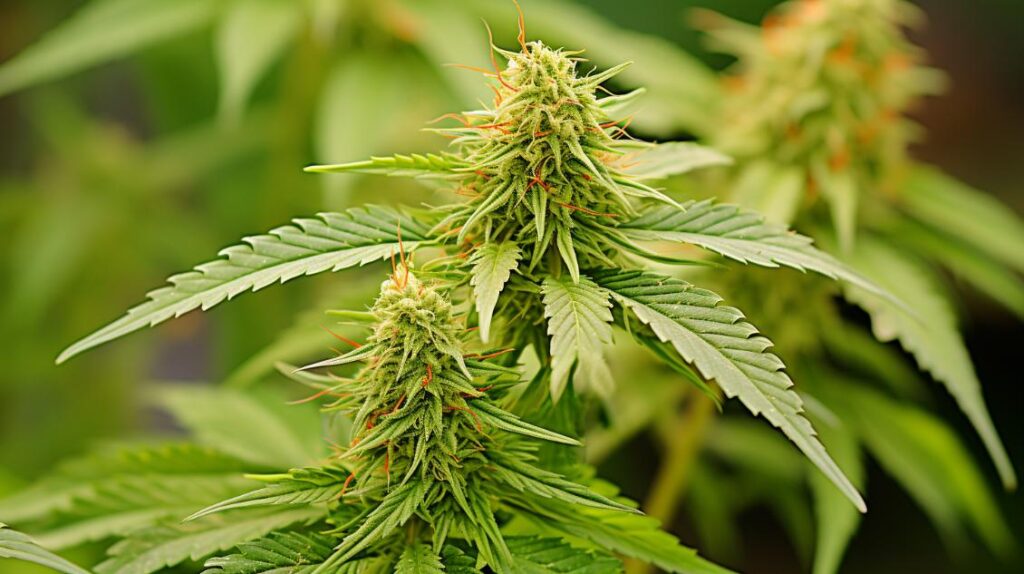
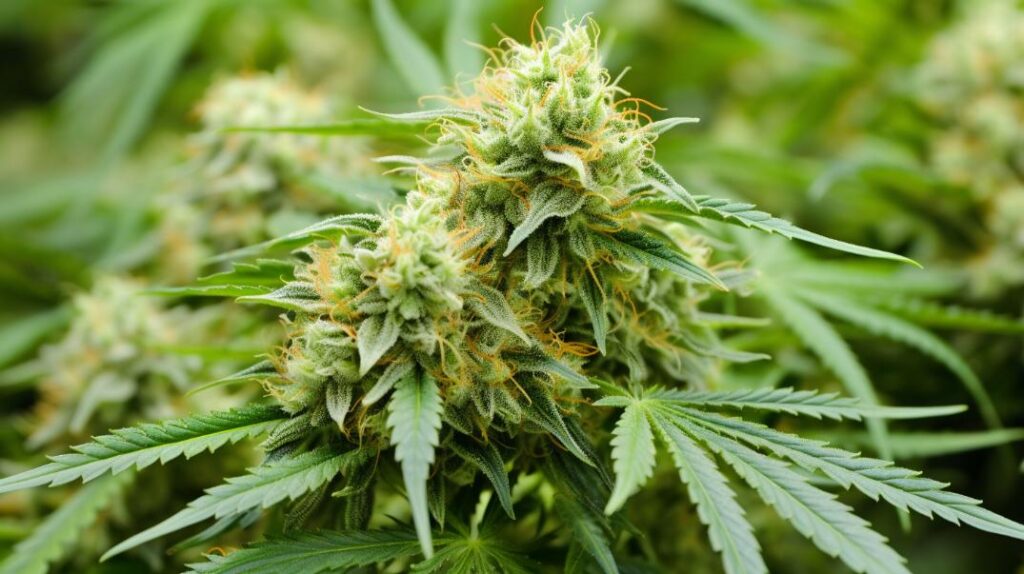
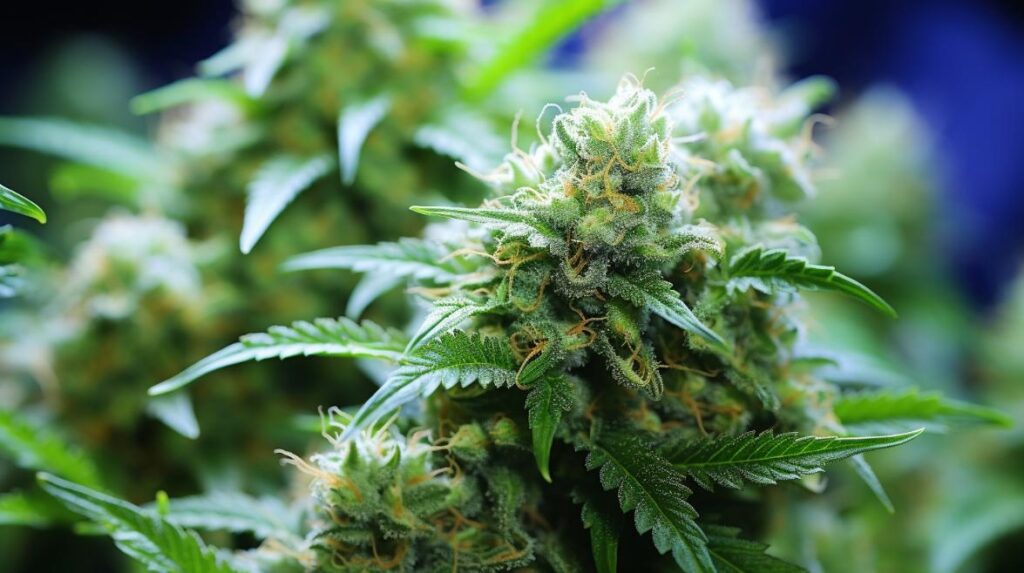
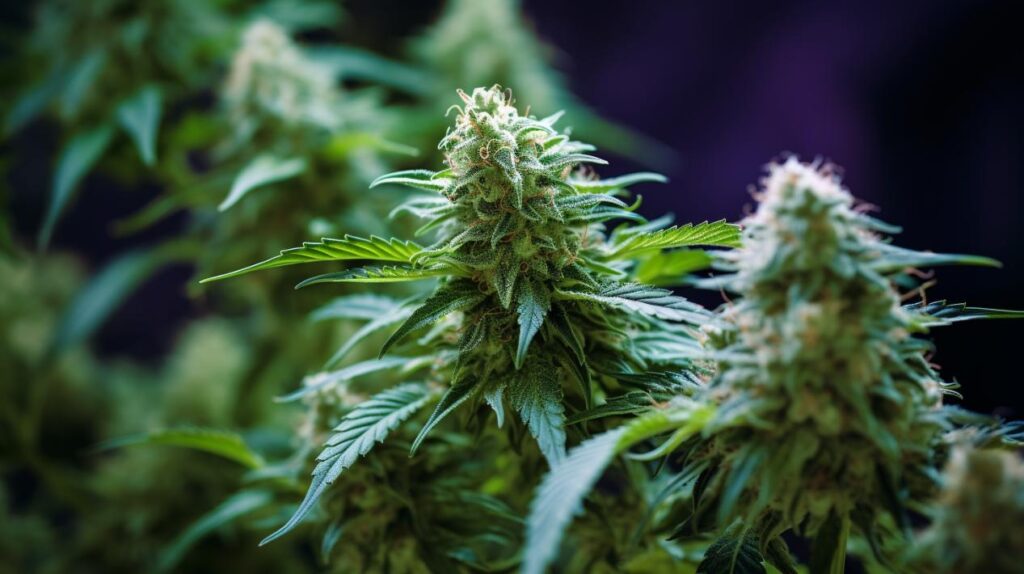
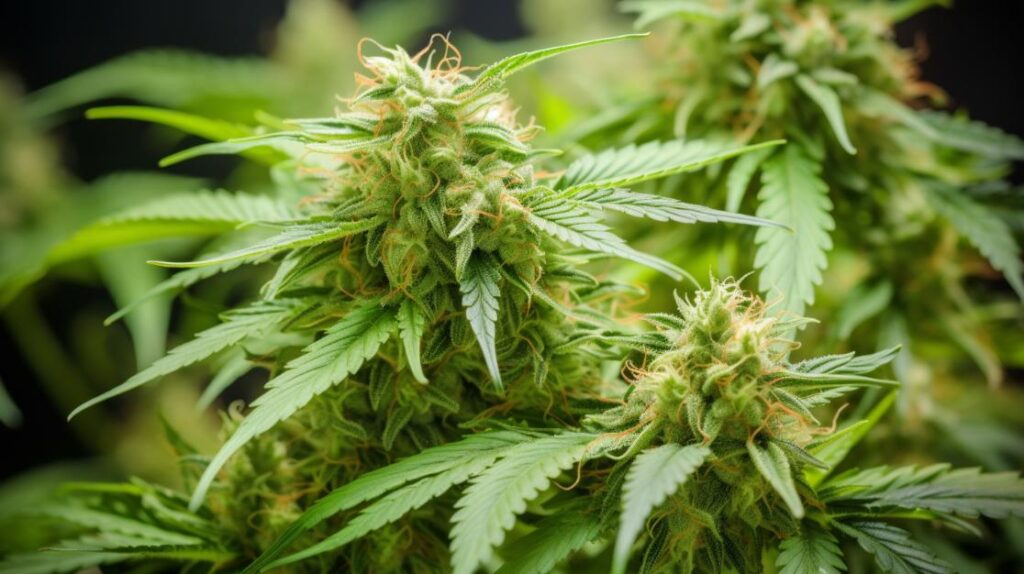

Responses